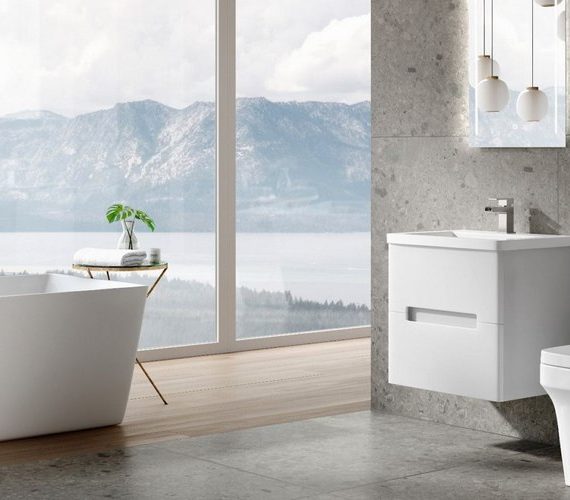Pneumatic drives represent special devices that use compressed air to create mechanical movement. These devices have become key elements in the process automation industry thanks to their reliability, simplicity of operation, and economy. In particular, pneumatic systems have wide applications in areas such as mechanical engineering, the food industry, pharmaceuticals, and the automotive industry. Versatility pneumatic drives allow use in a multitude of tasks: from packaging and assembly to controlling complex production lines. For achieving maximum efficiency, such systems require correctly selecting equipment, which can be done on-site wellness equipment buy.
Content
Moisture: invisible enemy pneumatic systems

Contamination moisture in pneumatic systems represents itself problem, which arises when moisture from air penetrates inside system and condenses there. This can lead to extremely serious consequences — from corrosion metallic components to efficiency and even breakdowns equipment. Moist air can provoke formation rust and scale, what significantly reduces service life all components pneumatic system.
Factors contributing to penetration of moisture in pneumatic drives
There are several main reasons by which moisture can enter pneumatic systems:
- Insufficient filtration air: Lack of system quality filters allows moisture from surrounding air to unhindered penetrate inside.
- Condensation in receiver: Cooling compressed air in the receiver provokes condensation moisture, especially at sharp changes in temperature surrounding the environment.
- Improper maintenance dryers: Attention to maintenance dryers is extremely important, as their faulty work can lead to exceeding the permissible level of moisture in the system.
- Incorrect operation system: Imbalanced pressure and temperature create conditions for an increased level of moisture.
Negative consequences moisture in pneumatic systems
Appearance moisture in pneumatic systems can cause many negative consequences:
- Corrosion components: Moisture leads to corrosion of metallic parts, which can cause premature failure.
- Reduction performance: As a result of the accumulation of moisture, the efficiency of the system is reduced, cycle time increases, and energy costs grow.
- Malfunctions in equipment: At low temperatures, water can freeze, blocking movement drives and valves, and this can cause failures in all equipment.
Effective strategies for prevention contamination moisture
There are several strategies that can be used for preventing moisture in pneumatic systems:
- Installation dryers air: This is one of the most effective solutions for removing moisture from compressed air. Popular types of dryers include adsorption and cooling models.
- Using high-quality filters: Filters play an important role in removing not only particles and moisture, but also other contaminants from air.
- Regular technical maintenance: Conducting regular inspections and replacing worn components helps maintain an optimal work system.
- Control temperature and pressure: Maintaining stable parameters in the work system substantially reduces the risk of condensation moisture.
Tips for maintenance of pneumatic systems: maintaining at the highest level
For minimizing risks of contamination, it is important to observe the following recommendations for maintenance of pneumatic systems:
- Regular inspection and replacement filters: This key to prevention penetration moisture in system.
- Maintenance dryers: Constant maintenance and inspection of their effectiveness — an important preventive measure.
- Monitoring system: Constant control temperature and pressure in the system allows the timely detection of deviations.
For a deeper understanding of how humidity affects mechanical systems, refer to encyclopedic article about compressed air.
Successful examples from practice
In one large company, producing packaging equipment, implementation system for control humidity allowed significantly increase service life pneumatic components. Thanks to installation adsorption dryers and regular technical maintenance level breakdowns decreased by 30%, what led to growth productivity and reduction operational costs.
Thus, competent management contamination moisture in pneumatic systems is critically important for maintaining their reliable work and durability. Modern technologies drying and filtration along with regular maintenance and monitoring help avoid many problems, and also ensure stable and efficient work equipment.



